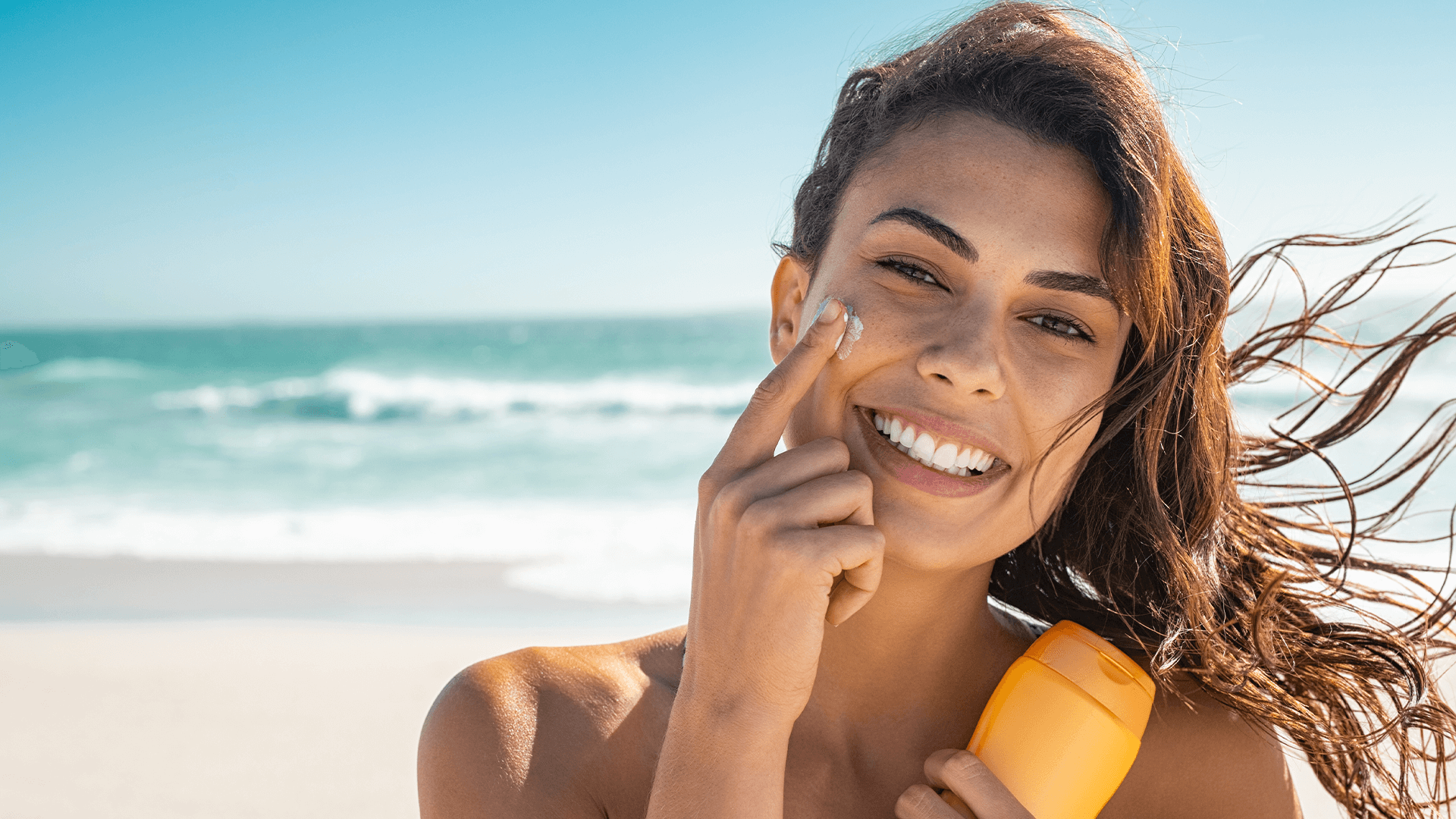If you’ve seen the news recently, you’ll know that in July, we saw the hottest day on record, with parts of the UK reaching over 40°c. With more sunshine and another potential heatwave predicted for mid-August, it’s a good time to talk about how to stay safe while you make the most of the remaining summer holidays.
What id UV radiation?
UV radiation is emitted by the sun, and two types can increase your risk of developing skin cancer – UVA and UVB.
UVA rays are associated with skin ageing, whereas UVB rays cause your skin to burn. They both have the potential to cause lasting damage, however, and should be protected against.
Effects of UV rays on your skin
According to Cancer Research UK, prolonged and unprotected exposure to UV rays can damage the DNA in your skin cells. This causes defects and mutations that can prematurely age your skin or even develop into skin cancer.
They can also damage the sensitive eye area, leading to problems such as cataracts and eye cancers.
The temperature outside isn’t always an indicator of whether you’re going to burn or not because you can’t feel UV rays. The effects of sunburn, on the other hand, can be noticeably unpleasant. Apart from pain and itchiness, severe sunburn can cause blistering and make you feel tired, dizzy, and nauseated. The NHS recommends you seek an emergency appointment with your GP straight away if you’re experiencing the latter symptoms.
What can you do to protect your skin?
Always use sun cream
All sun creams have a sun protection factor, known as SPF, which refers to the amount of protection against UVB rays. SPF can go anywhere between 2 and 50+, and the higher the number, the more protection it offers.
Sunscreens will also have a star rating, which refers to UVA protection. These go up to 5 stars, and like SPF, the higher the rating, the more protection they will give you. A sunscreen with at least factor 30 with a 4-star UVA rating is ideal.
Some things to remember:
Sunscreen wears off after a couple of hours or even sooner if you’ve been for a dip and have towelled off afterwards. If you’re planning on staying in the sun for longer, make sure to keep reapplying.
Sunscreen also has a shelf life of two to three years, and some ingredients will lose effectiveness over time, so always check the expiration date on the bottle. Once opened, it should be okay to use for around 6-12 months, but this can depend on whether it’s been stored in a cool, dry place.
While UV levels are higher on clear days, clouds can’t stop UV rays from reaching your skin. So even on overcast days, you should apply some SPF protection to your face.
Avoid the midday sun
The sun is at its strongest between 11 am and 3 pm in the UK between March and October, as this is when UV rays have the shortest distance to travel to reach Earth.
During these hours, it’s best to stick to the shade where you can, cover up with clothes, or simply avoid spending extended time outdoors.
Pick an appropriate outfit
When getting ready for a sunny day, try to cover up with long sleeves, trousers, or skirts.
It’s probably the last thing you want to do in hot weather, but it offers the best protection from UV rays, particularly if they’re made from tightly woven fabrics.
At the very least, you should pack sunglasses, a hat, and something to cover your neck and shoulders before you leave home.
Take a break in the shade
Spending more time under the shade of trees, shelters, or just ducking indoors for a much-needed break can reduce the risk of UV damage.
You can also carry around an umbrella for extra protection – your very own shade on the go. Some are specifically designed to help block out UV rays and can be a good option if your sunhat doesn’t have a brim wide enough to completely protect your face, neck, and shoulders.
And if you’re headed to the seaside before the summer hols are over – a windproof umbrella might be even more appropriate for enjoying the brisk British coast!
As nice as standing in the shade can feel, it can’t protect you entirely from the sun’s rays. You can still get sunburnt, so it’s best to follow the guidance above.
Check for new marks
Regardless of whether you’ve been recently sunburnt or not, the British Skin Foundation recommends that you check your skin once a month. New marks, moles or changes in your skin’s appearance can be an early sign of skin cancer. Early detections of skin cancer usually mean that it can be cured, so this is a good habit to get into!
Whatever you’re planning to do before the sunny days come to an end, make sure you take the steps needed to have fun and stay safe.

















